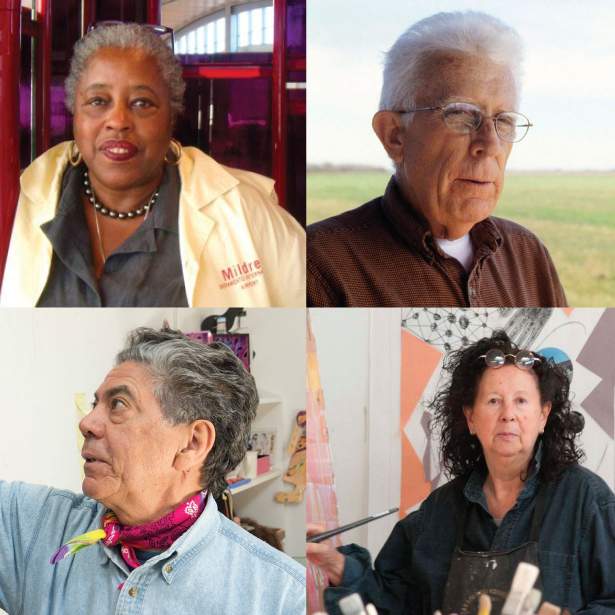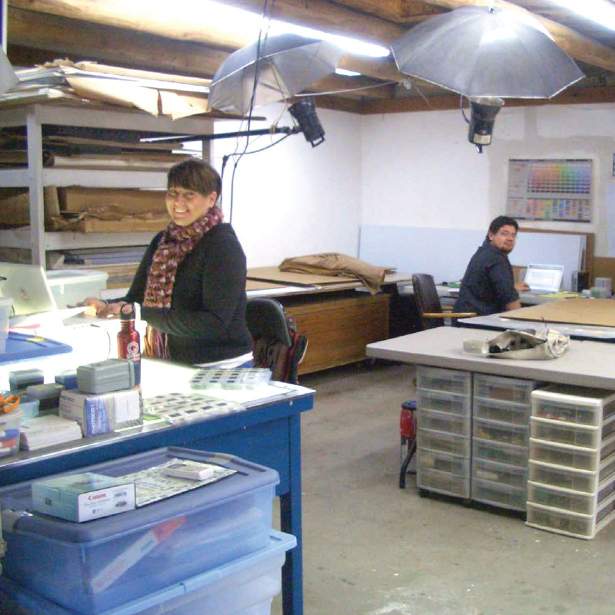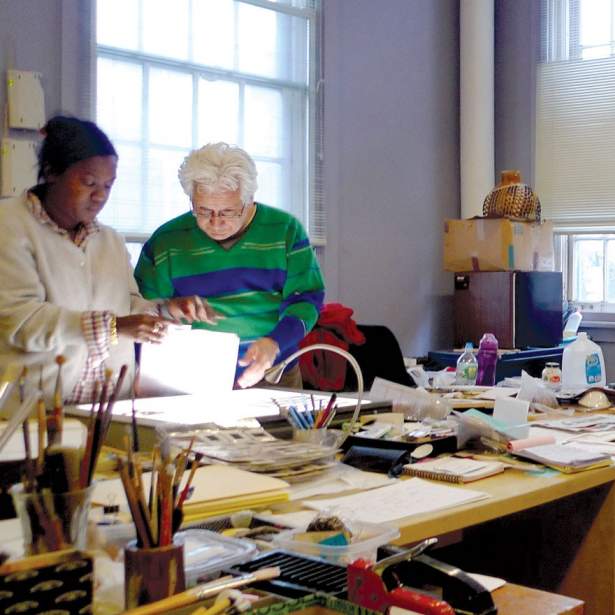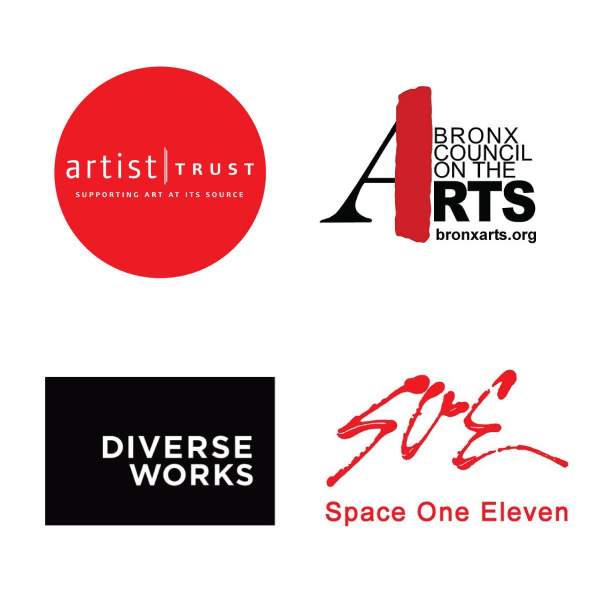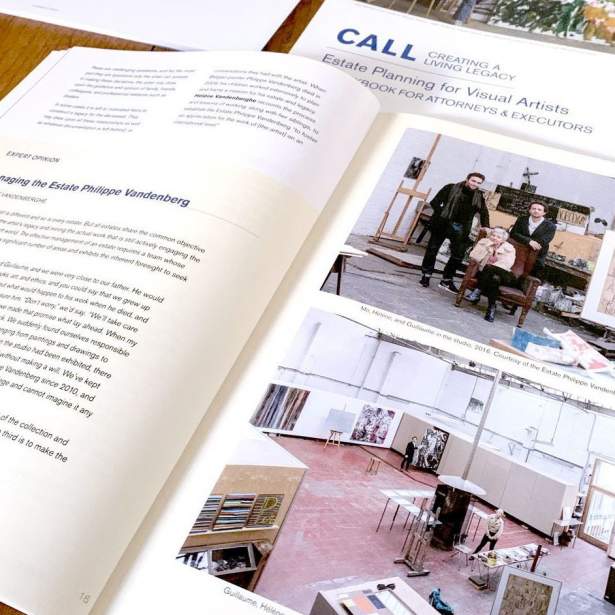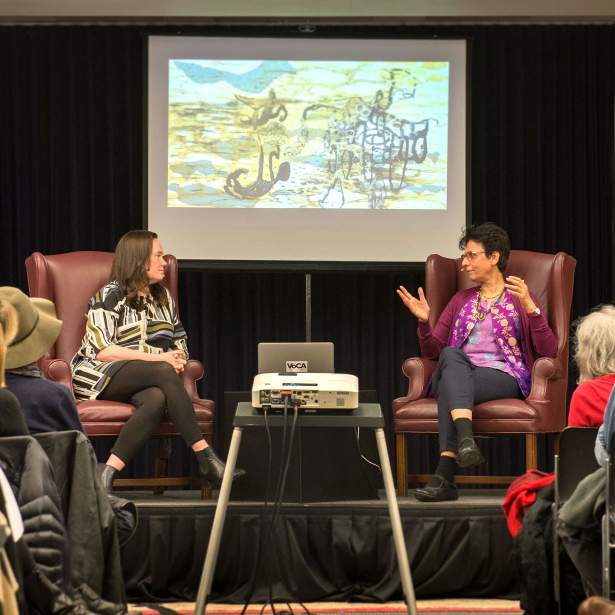2007 – 2017
Direct Support for Artist Legacy Planning and Career Documentation
The Foundation began its work to support artists envisioning the future and planning long-term with four pilot artists over three years: Mildred Howard, Elemore Morgan, Jr., Jaune Quick-to-See Smith, and Freddy Rodríguez. Each artist possessed a 40+ year body of work, a strong history of exhibitions, and had careers which varied in media, geography, and institutional relationships.
The pilot enabled case studies for field testing the development of a support program which, over ten years, has combined the use of technology, strategic planning, skills-building, and grant assistance, to empower over 70 artists to take ownership of the documentation and evaluation of their life’s work and personal legacies.

